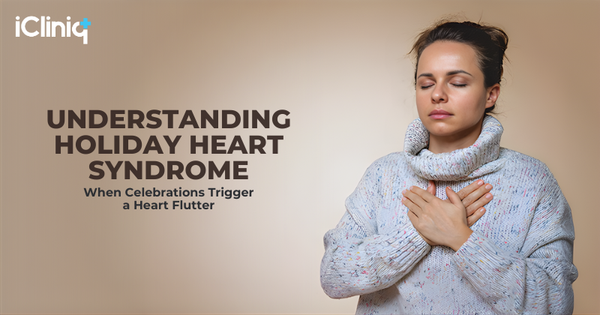Get Rid of a Headache Naturally

Even if they are dull and nagging or severe and unbearable, headaches can disrupt our day-to-day life. The common causes are stress, a lack of sleep, dehydration, high blood pressure, medications, exposure to chemicals, and stiff muscles in the neck. People who are occasionally bothered by headaches often wonder how to get rid of them quickly. But, how fast you will be relieved of a headache depends on what brought it on in the first place. Instead of reaching for over-the-counter painkillers, you can first try natural methods to get rid of headaches.

The following are a few home remedies that will guarantee a speedy recovery and help prevent future headaches.
1) Drink More Water

As dehydration or lack of water in the body is one of the common reasons for a headache, it is important to keep yourself hydrated. Drinking enough water and properly hydrating yourself not only prevents or relieves headaches but also plays a significant role in our overall well-being. Men should consume around 3.7 liters of fluids and women about 2.7 liters of fluids a day. Apart from water, you can include fresh juices and coconut water, but limit coffee, tea, and other caffeinated beverages, as they contribute to dehydration.
2) Magnesium-Rich Foods

Magnesium, an essential mineral, is needed for blood sugar control, nerve transmission, and other countless important bodily functions. Magnesium is also considered to be an effective and safe way to relieve headaches. A study showed people who have magnesium deficiency get frequent migraine headaches. Consuming 600 mg of Magnesium Citrate daily reduces the frequency and also the severity of migraine headaches. Foods rich in magnesium are dark chocolate, avocados, nuts, tofu, legumes, etc.
3) Apply Cold or Warm Compresses

Applying ice packs or something cold to the neck and head will constrict your blood vessels and reduce inflammation, which in turn will provide temporary relief from headaches. A study found that cold compress to the neck for 30 minutes reduces migraine pain significantly. In people with tension headaches, the muscles in the neck are too tight. In such cases, instead of ice packs, warm compresses may help relax muscles and provide relief. You can use a heated towel or take a tepid shower.
4) Get Some Exercise

Exercise or any other physical activity is the simplest way to reduce the frequency and severity of headaches. A study showed that 40 minutes of indoor cycling thrice a week effectively reduced headache frequency than relaxation techniques. Another study linked a low level of physical activity to an increased risk of headaches. Exercise keeps you healthy and promotes blood circulation, reducing the chances of headaches. You can increase the number of steps you take the entire day, ride a bike, or walk briskly for 30 minutes a day.
5) Massage Pressure Points

Massaging specific points helps relieve tension in the head and soothe headaches. You might do this instinctively like rub the back of your neck or pinch the top of your nose when you feel stressed. But actually, these are pressure points, and massaging them does provide relief. You can massage the temples, top of the head, neck, area between the eyebrows, either sides of the bridge of the nose, and jaw to relieve tension-type headaches.
6) Essential Oils

Essential oils contain aromatic compounds from various plants. They are concentrated liquids that have many medical and therapeutic benefits and are commonly used topically. For a headache, peppermint and lavender essential oils are most beneficial. Peppermint essential oil, when applied to the temples, has been shown to reduce symptoms of tension-type headaches. Lavender essential oil, when applied to the upper lip and inhaled, reduces migraine pain and other symptoms.
The other things you can try are taking a nap, breathing in and out, and avoiding stressful situations.






